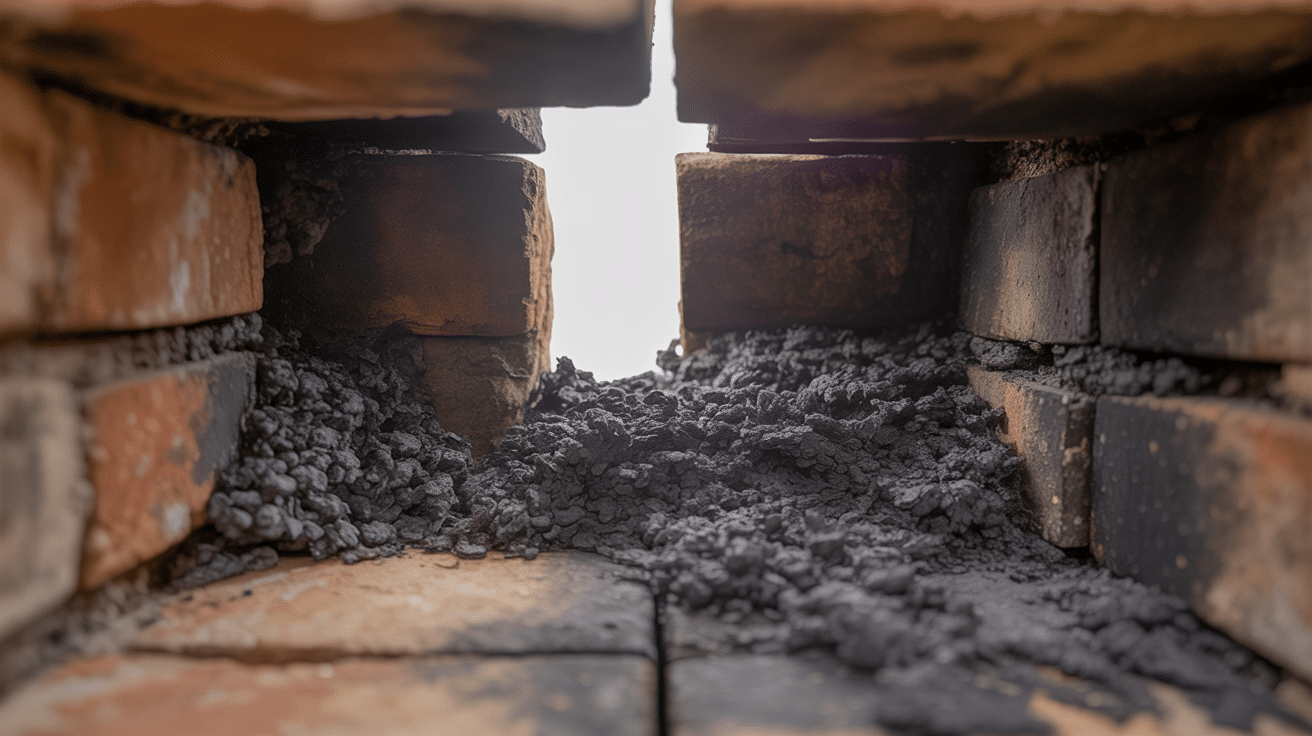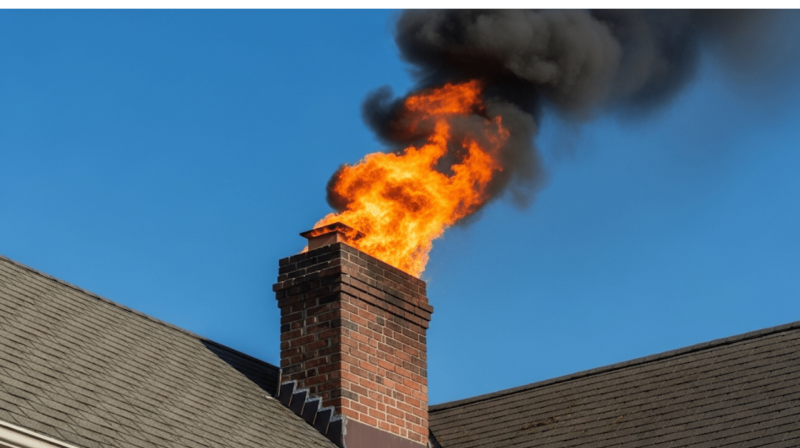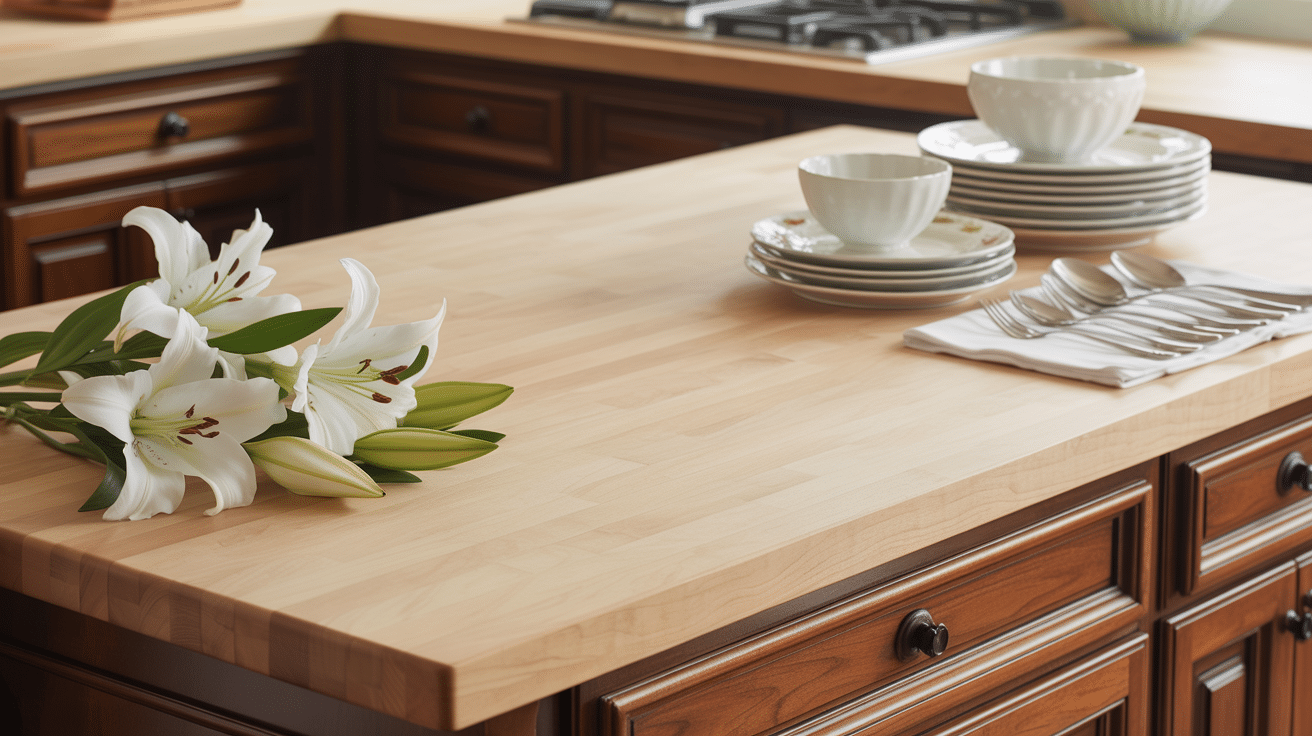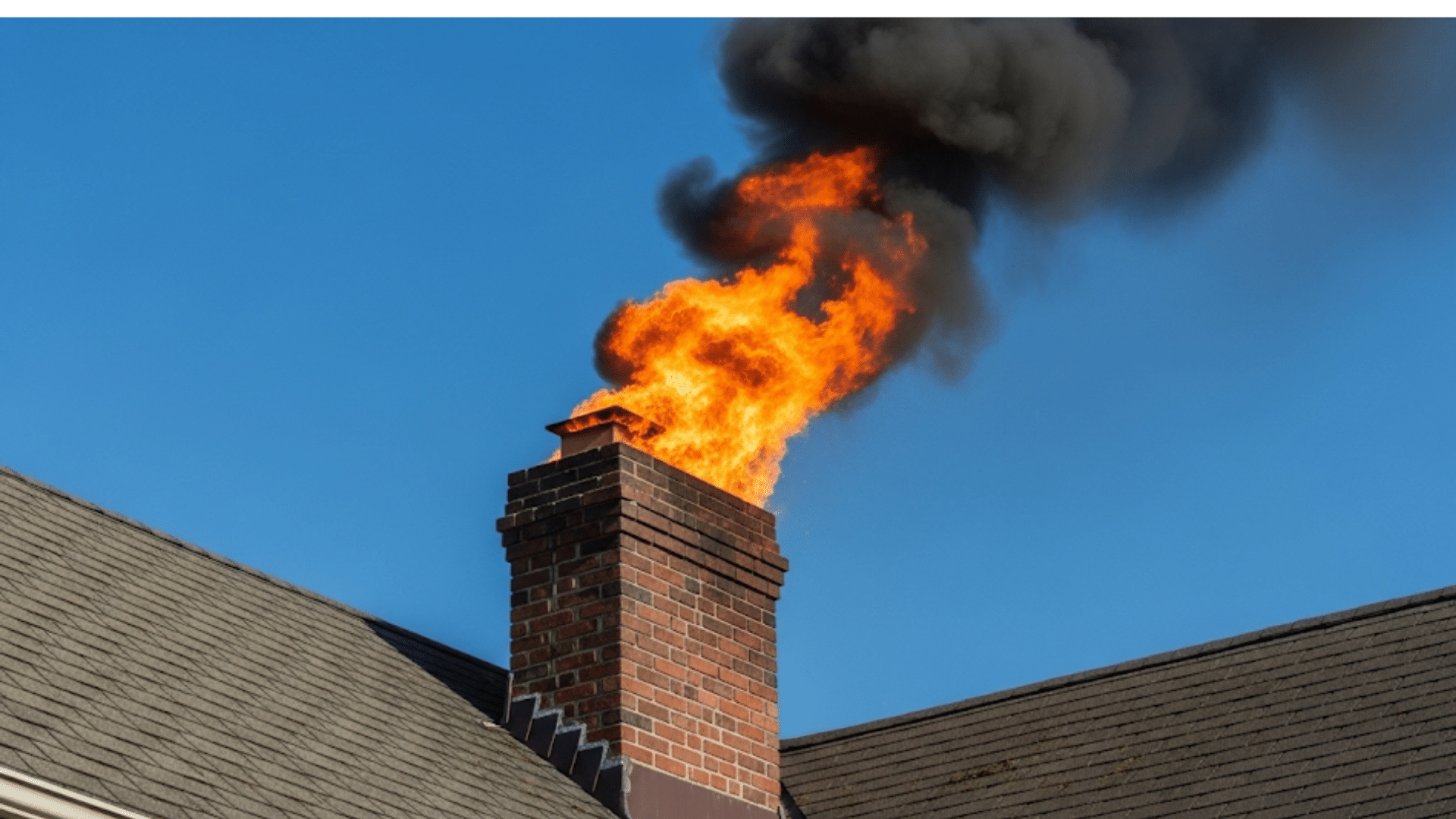Many homeowners don’t realize their fireplace or wood stove could be creating a dangerous buildup inside their chimney.
They enjoy cozy fires all winter long, completely unaware that a dark, tar-like substance called creosote is slowly accumulating in their flue. This sticky residue doesn’t just sit there harmlessly; it becomes a serious fire hazard that puts families at risk.
Most people have never even heard of creosote, let alone understand why it’s so dangerous. They assume regular chimney cleaning is just about removing soot and debris.
This blog will explain what is creosote and why every homeowner with a fireplace should be concerned about it.
What Is Creosote?
Creosote is a thick, dark liquid with a strong, tar-like odor that can irritate the nose.
The creosote definition encompasses several types, but coal-tar creosote is the most common type of wood preservative.
This chemical mixture contains over 200 compounds, including hazardous substances such as benzene and phenol. It appears as a brown or black oily liquid that can stain skin and clothes.
Coal-tar creosote is made by heating coal to extremely high temperatures.
The process creates a sticky substance that penetrates deeply into the wood fibers. This treatment helps railroad ties, telephone poles, and dock pilings resist rot and insects for decades.
The Stages of Creosote
Creosote doesn’t form all at once. It develops through three distinct stages, with each one becoming more dangerous than the last. Understanding these stages helps homeowners recognize when they need professional cleaning.
Stage 1: Flaky Creosote
The first stage of creosote appears as a light, flaky deposit that resembles soot. It forms when wood burns at relatively high temperatures with adequate air supply.
This stage is the easiest to remove and poses the lowest fire risk. Homeowners can often clean it themselves using basic chimney brushes and tools during regular maintenance.
Stage 2: Tar-Like Creosote
Second stage creosote becomes tar-like and sticky, with a black or dark brown appearance. It forms when combustion temperatures drop or the air supply becomes restricted.
This stage adheres strongly to chimney walls and requires professional removal. Standard brushes won’t work effectively, and the deposit becomes increasingly flammable as it thickens over time.
Stage 3: Glazed Creosote
The third stage of creosote hardens into a thick, crusty coating that resembles black paint or tar. It forms during poor burning conditions with restricted airflow and low temperatures.
This stage is extremely difficult to remove and highly flammable. Professional chimney sweeps often need specialized tools and chemicals to safely eliminate this dangerous buildup.
Where Does Creosote Come From?

Creosote forms in two primary ways: through natural processes and industrial manufacturing.
- Chimney Buildup: Incomplete wood burning creates creosote deposits that stick to chimney walls and flue pipes
- Poor Ventilation: Restricted airflow during fires leads to cooler burning temperatures and more creosote formation
- Wet or Green Wood: Burning unseasoned wood produces extra smoke and creosote residue
- Coal Tar Distillation: Industrial facilities heat coal to over 1000°F to produce coal-tar creosote for commercial use
- Wood Gasification: High-temperature wood processing creates wood creosote, though this type is less toxic than coal-tar versions
Industrial Uses
Creosote, especially coal-tar creosote, is widely valued as a wood preservative in various industries and infrastructure applications. It extends the lifespan of wood, protecting against rot, insects, and weathering.
Its ability to penetrate deeply into wooden structures makes it especially valuable in heavy-duty applications like-
1. Railroad ties are treated with creosote to support train tracks, lasting 30 years or more without frequent replacement.
2. Utility companies use creosote-treated poles for power lines and telephone systems, ensuring decades of durability in outdoor conditions.
3. Marine construction relies on creosote to preserve dock pilings, seawalls, and other waterfront structures from the constant damage caused by water.
4. Construction projects use creosote-treated lumber for foundations, bridges, and outdoor supports in heavy-duty building environments.
The Hidden Dangers to Health
Creosote exposure poses serious health risks that many people don’t realize until it’s too late.
1. Skin and Eye Irritation
Direct contact with creosote causes immediate burning, redness, and painful blisters on the skin. Eyes become watery and irritated when exposed to creosote fumes.
Workers who handle treated wood often develop rashes that can persist for weeks.
Even brief contact can cause chemical burns that require medical treatment. Washing with soap doesn’t always remove the oily residue completely.
2. Breathing Problems and Lung Damage
Inhaling creosote vapors leads to coughing, throat irritation, and difficulty breathing.
Long-term exposure damages lung tissue and reduces breathing capacity over time. People working near treated wood report chronic respiratory issues and chest pain. Children and elderly individuals are at a higher risk from airborne creosote particles.
Symptoms often worsen in hot weather when more chemicals evaporate.
3. Cancer Risk and Long-Term Effects
Studies link creosote exposure to increased cancer rates, especially skin and lung cancers. The chemicals build up in body tissues over years of exposure.
Its cancer-causing compounds don’t break down easily in the human body. Workers in wood treatment facilities show higher cancer rates than the general population.
The Fire Hazard of Creosote

Creosote is highly flammable and can ignite at temperatures as low as 451 degrees Fahrenheit. When it catches fire, it burns extremely hot and fast, creating what’s called a chimney fire.
These fires can reach temperatures over 2,000 degrees, hot enough to crack chimney liners and damage the structure of your home.
The scariest part is that many chimney fires go unnoticed. They don’t always create dramatic flames shooting from the roof.
Instead, they can burn quietly inside the flue, weakening the chimney and creating cracks that allow heat and sparks to reach combustible materials in your walls or attic. This silent danger puts your entire home at risk.
Safe Paths: Getting Rid of Creosote
Removing creosote requires different approaches depending on the situation. Homeowners and professionals must adhere to safety guidelines to prevent health risks and environmental damage.
| Method | Application | Safety Notes |
|---|---|---|
| Professional chimney cleaning | Annual maintenance for fireplaces | Certified sweeps use proper equipment and disposal methods |
| Creosote cleaning logs | Light buildup in home chimneys | Burns hotter to reduce deposits, but doesn’t replace professional cleaning |
| Industrial disposal services | Treated lumber and utility poles | EPA-approved facilities handle toxic waste according to regulations |
Disclaimer: DIY creosote removal may seem tempting, but it poses serious fire and health risks. Always avoid home methods and seek professional help for safe handling.
How to Prevent Creosote Fire Risk
Smart burning practices stop creosote problems before they start.
Homeowners should burn only dry, seasoned hardwood that’s been split and stored for at least six months. Green or wet wood creates more smoke and creosote buildup.
Keep fires burning hot with plenty of air circulation through open dampers. Schedule annual chimney inspections to catch problems early.
The key factor in creosote prevention is maintaining proper airflow, and optimal burning temperatures can reduce formation by up to 80%.
Clean chimneys and proper wood storage make the biggest difference in keeping families safe from creosote dangers.
Conclusion
What is creosote? It’s a serious health and safety concern that affects millions of homes and workplaces.
The risks from skin contact, breathing problems, and fire hazards make creosote awareness essential for every property owner.
Professional cleaning and adherence to EPA guidelines ensure the responsible disposal of treated materials. Knowledge turns a hidden threat into a manageable safety issue.
With the right precautions and regular maintenance, you can enjoy fireplaces while keeping creosote risks under control.







